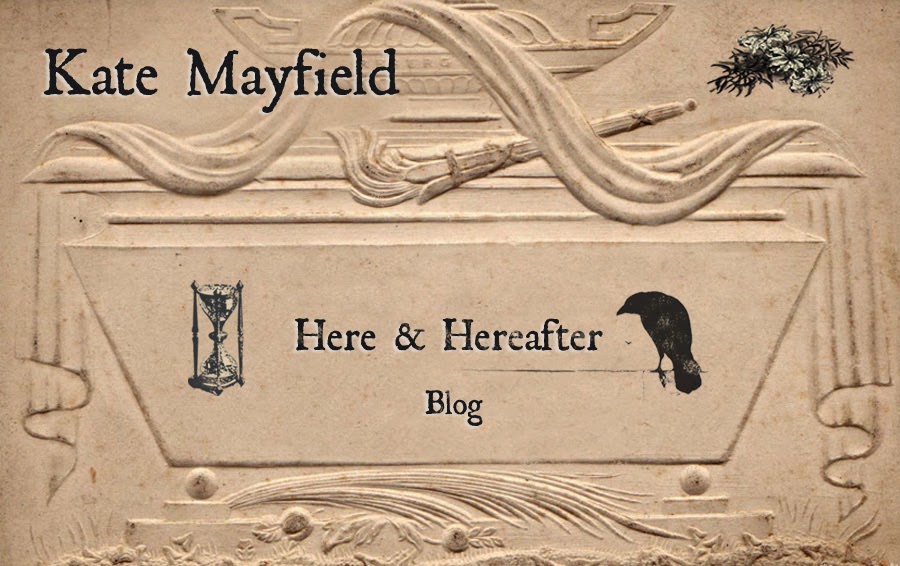THE DEATH CHAIR
OF THE IGOROT MUMMIES
Please note: There is an image of a corpse in this post.
In 1904 T.S. Eliot visited the St. Louis, Missouri World’s
Fair. In the Philippine Exposition section he explored the village of the
Igorot people. He was so inspired by them that in 1905 he wrote the short
story, “The Man Who Was King”.
Igorots resting after dancing while World's Fair visitors look on.
The Bontoc Igorot warrior tribe live on the banks of the
Chico River in the mountains on the island of Luzon where they formerly practised head hunting. They are known for their distinctive tattoos.
Their death rituals are unlike any I’ve come across.
The Igorot respond emotionally to death without a great
swell of passion, unless the death is of a child, or the early death of a
woman’s husband. There is no sorrow or lamentation for the elderly. It is said
that Igorot men don’t cry at all for the dead.
When death is near, a chicken is killed, people gather, eat
and wait.
Immediately after death, the body of the deceased is washed
and then wrapped in a burial robe. A cloth is placed on top of the head, the
face left uncovered.
Construction of the death chair begins.
It is a roughly made, high-backed chair with a low seat.
The corpse is bound to the chair with a band that fastens
his waist, arms and head. The chair is placed close to the door of the house
with the deceased facing out so that all can see him.
Seating the deceased on the chair is a ritual usually
reserved for the elderly, for the relatively rich and those with many descendants. It’s a show of respect and a compliance with tradition, and
enables a last face-to-face communication between the deceased and his
relatives. Visitors may have travelled great distances to pay their respects and
communicate with the deceased; they talk to him as if he were alive and expect
him to listen to their pleas, their desires, and well wishes. If this ritual
and tradition was not performed by a person who had requested it before death,
it was assumed that the deceased’s soul may come back to bother his relatives
by making them sick, or by killing another in the family.
Fires are built around the death chair to protect the corpse
and drive away flies. Usually a relative of the deceased sits by the corpse,
watching closely to swat flies, but also people were paid to keep the flies
away so they wouldn’t enter the house. The smoke from the fire helped to dry
out the body. At one point in their history, the Igorot mummified their
deceased by leaving the corpse in the death chair for up to six months.
Slowly, over the next few days, people begin to gather and
come to the home of the deceased. More fowl are beaten to death. A caribou is
slaughtered, eaten, and the horns and a portion of the skull are taken inside
the house and hung from the ceiling.
Children play, women nurse babies and spin thread, more
people arrive and the corpse sits in the chair blackening and swelling while
life goes on normally around it. Families laugh and tell stories.
Women weaving at a widow's hut.
The women begin a chant. More food. They sing a
word-less song; it is soothing and not a dirge.
Igorot women, 1900.
The number of people increase, over one hundred now have gathered.
The men sing a low song with these words:
“Now you
are dead; we are all here to see you. We have given you all things necessary,
and have made good preparation for the burial. Do not come to call away to kill
any of your relatives or friends.”
A pine coffin appears, wood chips strewn about the ground.
It is turned upside down and makes a seat for several visitors as children play
around it.
A dozen men carry digging sticks and dirt baskets to the
fringes of the encampment as the sun begins to set. They begin digging to the
depth of five feet.
The last of the new arrivals stop by the chair of the corpse
to pay their respects. Men move the coffin to the chair’s feet, untie the
bands, pick up the corpse and lower him into the coffin.
An old woman places two breechcloths and a blanket over the
body, and a small white cloth over the eyes. The cloth already on top of his
head is replaced with a clean one.
Onto the men’s shoulder the coffin is hefted and then
quickly carried to the grave.
Many of the other men follow - one brings the coffin cover and another
the caribou horns—but the women and children remain behind, as is custom.
The coffin is then placed in the grave and the cover is lowered in
place, the caribou horns are laid on top facing the head. It takes sixty
seconds for the men to fill the grave, many men working as fast as they
possibly can, for animals must not cross the trail or evil will follow.
On the day after the burial, men and boys go to the river to fish and a fish feast
is laid for the evening meal. The next day all the visitors return home with
plates of rice, a gift from the deceased’s family.










